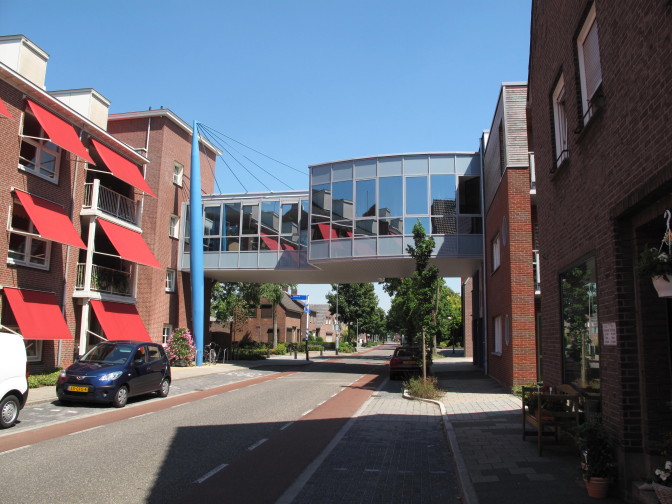If your ancestors lived near a border, try to understand the influence it may have had on their lives. At different times, it may have been very easy or very difficult to cross the border. Your ancestors may have been involved in smuggling or border patrol. They may have been called as witnesses to determine where the border was. These activities could have left traces in records.
The language spoken on both sides of the border was probably similar, since most people spoke dialect rather than the ‘official’ language of the country like we do today. In some periods, labor flowed freely across the border so check on the other side of the border if you can’t find an ancestor.
Take Dinxperlo (Netherlands) and Suderwick (Germany) for example, two villages separated by the Dutch/German border. In the 18th century, Catholics from Dinxperlo worshiped in Suderwick, and Reformed people from Suderwick worshiped in Dinxperlo. In the first half of the 20th century, a barbed wire fence separated the two villages. Today, a nursing home with locations on both sides of the border has conduit above the street that links the two locations.

Dinxperlo (left) and Suderwick (right), nursing home with conduit. The border runs along the right side of the street.
Credits: Michielverbeek (Wikimedia Commons) under CC-BY-SA license.


Yvette has done some research on my behalf and her work is superb. Her attention to detail and willingness to delve into facts is first-class. I was able to take a trip to Netherlands this year and photograph family residences going back many generations. A wonderful and clever young woman.
Rob
Thank you, Rob, for those lovely words. I proudly added your comment to the ‘testimonials’ section on my ‘hire’ page.